T4K3.news
Rabbits in Colorado show virus linked growths
Wildlife officials say Shope papillomavirus causes the facial growths; the virus is rabbit-specific and not a threat to humans.
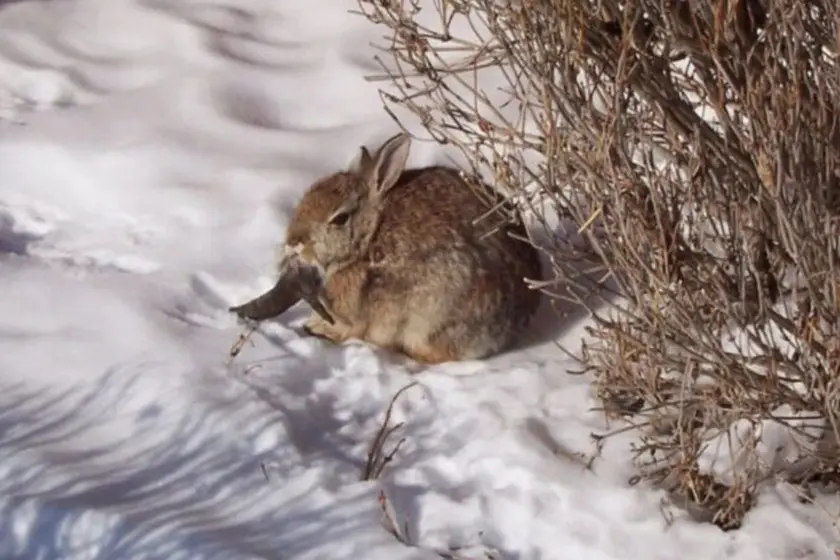
Rabbits in Colorado display frightening growths linked to Shope papillomavirus, drawing public interest and calm guidance from officials.
Zombie rabbits with horns and mouth tentacles invade Colorado backyards
Rabbits in Fort Collins and other parts of northern Colorado have been spotted with dark growths that resemble horns and tentacles. Local wildlife officials say the condition is caused by Shope papillomavirus, a rabbit specific virus that forms wart like tumours on the face and head. The virus spreads mainly through biting insects and does not pose a risk to humans or pets. Photos of affected rabbits have circulated online, fueling a mix of alarm and curiosity.
Officials say most rabbits cope with the illness and often recover on their own. The growths can impair the animal but are not usually fatal and the virus rarely harms other wildlife. People are advised to avoid touching the affected rabbits and to observe from a distance. The striking visuals have captured attention on social media, where some residents compare the creatures to zombies or aliens, turning a wildlife health issue into a cultural moment.
Key Takeaways
"black quills or black toothpicks sticking out all around his or her mouth"
Susan Mansfield observation quoted by 9NEWS
"Wow, I kinda feel bad for them"
Instagram comment on the rabbit stories
"Zombies are on the rise"
Facebook comment on the online threads
"Rabbits in Colorado are causing alarm among residents"
caption accompanying regional photos
The story blends a real wildlife health issue with a strong visual hook that feeds online fascination. It shows how powerful images can shape public perception of science and wildlife without adding new facts. Wildlife officials must balance clear risk communication with respect for animal welfare, while journalists should avoid sensational framing that inflames fear. As curiosity grows, so does the risk of misinformation about human health and the spread of fear through social media chatter. The episode also highlights how local events can become national talking points when visuals travel fast online.
Highlights
- Zombies are on the rise
- Wow, I kinda feel bad for them
- The rabbit escaped from Monty Python and The Holy Grail
- Rabbits in Colorado are causing alarm among residents
Public reaction and misinformation risk
The combination of striking images and a viral story can mislead readers about human health risk and provoke unnecessary fear. Officials emphasize SPV affects rabbits only and poses no threat to people, but public reaction could influence how communities react and how policies are shaped.
Nature can surprise us with odd sights, and informed responses stay the safest choice.
Enjoyed this? Let your friends know!
Related News
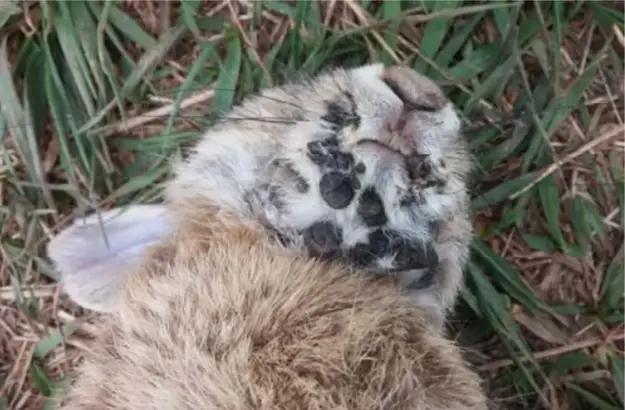
Rabbits in Fort Collins show tentacle growth linked to rabbit papillomavirus
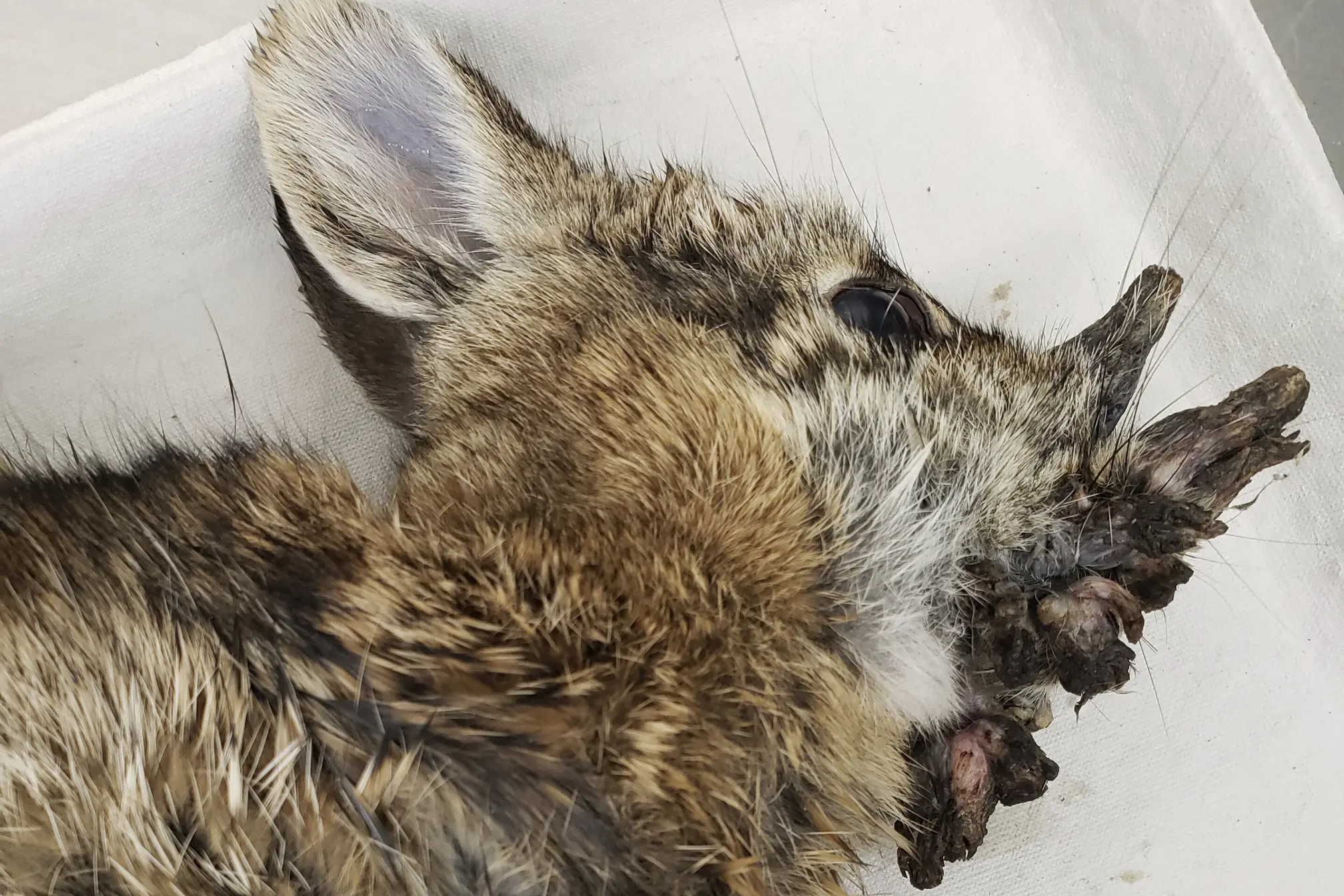
Colorado rabbits show hornlike growths linked to a common virus
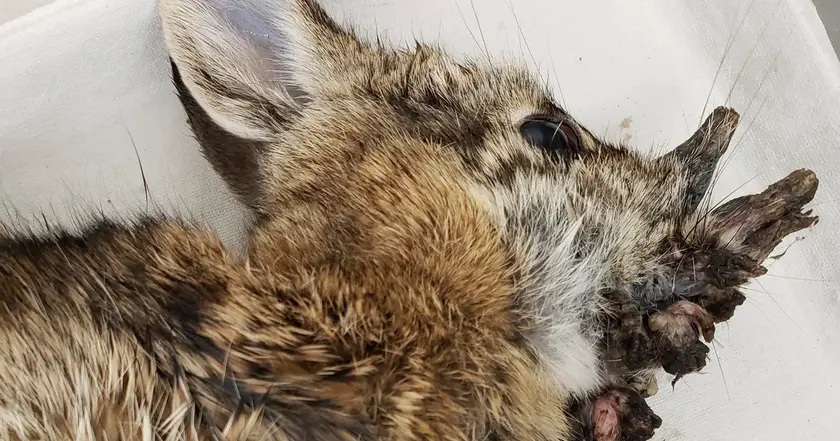
Colorado rabbits grow hornlike growths from a common virus

Frankenstein rabbits alert
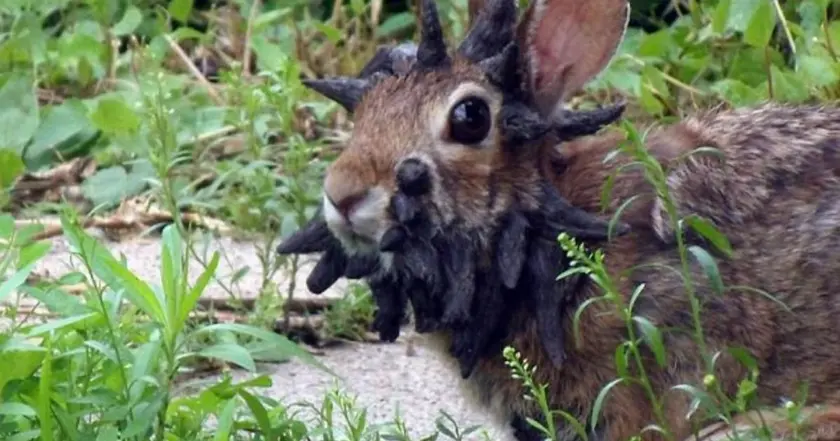
Virus turns CO rabbits into horned Frankenbunnies
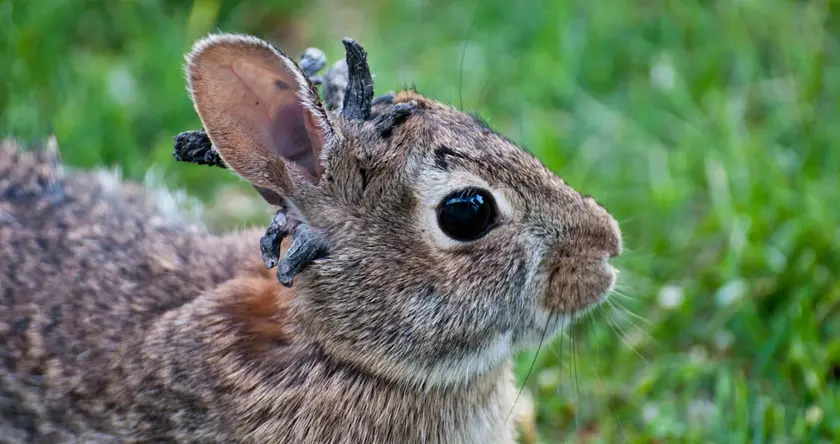
Wildlife health update from Colorado
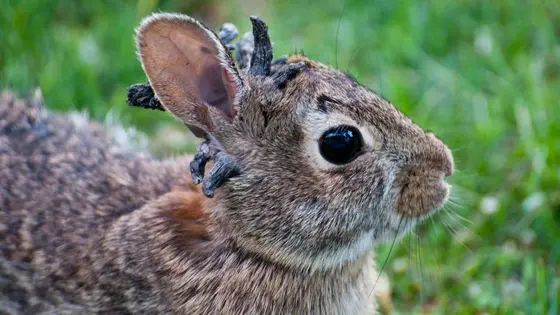
Rabbits with hornlike growths in Colorado
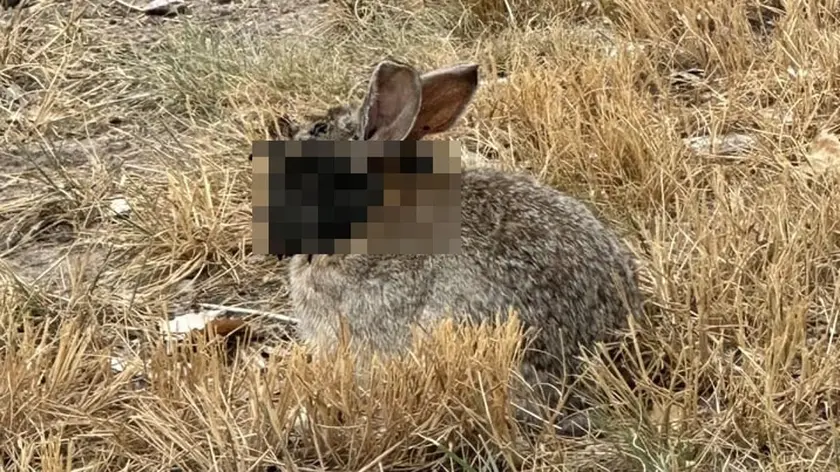
Frankenstein rabbits spotted in Colorado
